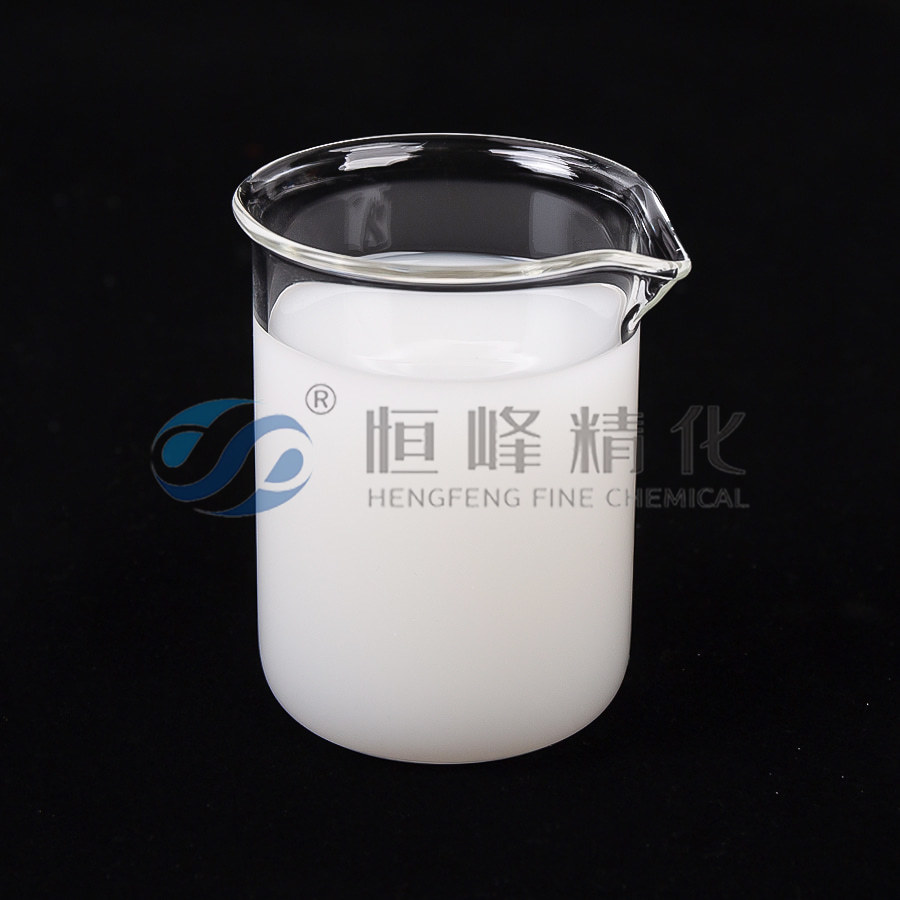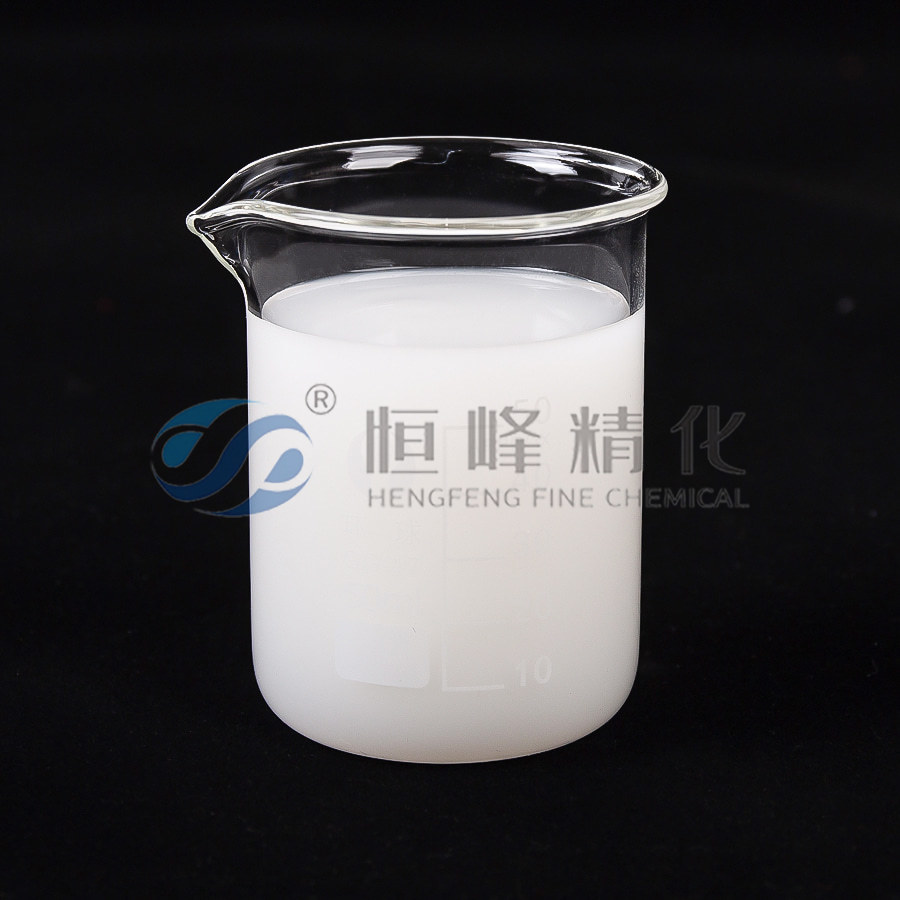Best Practices for Using and Storing Polyacrylamide Emulsion
Polyacrylamide emulsion is an essential component in various industrial processes, particularly in wastewater treatment. Proper handling and storage are crucial to maintaining its effectiveness and ensuring safety. Here, we outline the key practices for using and storing polyacrylamide emulsion.
Guidelines for Using Polyacrylamide Emulsion
Handling and Safety: Polyacrylamide emulsion dissolves easily in water. If it contacts skin, wash the affected area with water immediately to avoid any irritation.
Emulsion Preparation: Over time, you might notice an oil layer forming on the surface of the stored emulsion. This separation is normal. Before using the emulsion, stir it thoroughly to re-integrate the layers, which ensures the emulsion performs effectively.
Dissolution Process: When preparing the emulsion for use, add it gradually to water, targeting a concentration between 0.1% and 0.5%. Allow the mixture to mature for about 20 minutes to achieve full dissolution and optimal performance.
On-Demand Preparation: It is recommended to prepare the diluted solution just before use. Storing the prepared solution for extended periods can lead to reduced effectiveness.

Sequential Addition in Wastewater Treatment: When used alongside inorganic coagulants in wastewater treatment, always add the inorganic coagulant first. Wait until flocculation begins (usually after 30-60 seconds) before introducing the polyacrylamide emulsion. Adding them in the correct order is crucial for effective treatment.
Storage Recommendations for Polyacrylamide Emulsion
Avoid Light Exposure: During transportation and storage, keep the emulsion covered to protect it from direct sunlight. Light exposure can degrade the product, reducing its effectiveness.
Stirring and Mixing: For large storage containers, use multi-leaf stirrers that reach the bottom or install a circulating pump to mix the emulsion regularly. This prevents settling and ensures uniform consistency.
Temperature Management: Store the emulsion at temperatures between 5℃ and 25℃. High temperatures can cause water evaporation and separation, while low temperatures may lead to freezing. Both conditions can negatively impact the emulsion’s performance.
Thawing Frozen Emulsion: If the emulsion freezes, move it to a warmer area and let it thaw slowly. Once thawed, mix it thoroughly and filter through a 100-mesh sieve to ensure it returns to a usable state.


 English
English Español
Español عربى
عربى Русский
Русский Tiếng Việt
Tiếng Việt
















